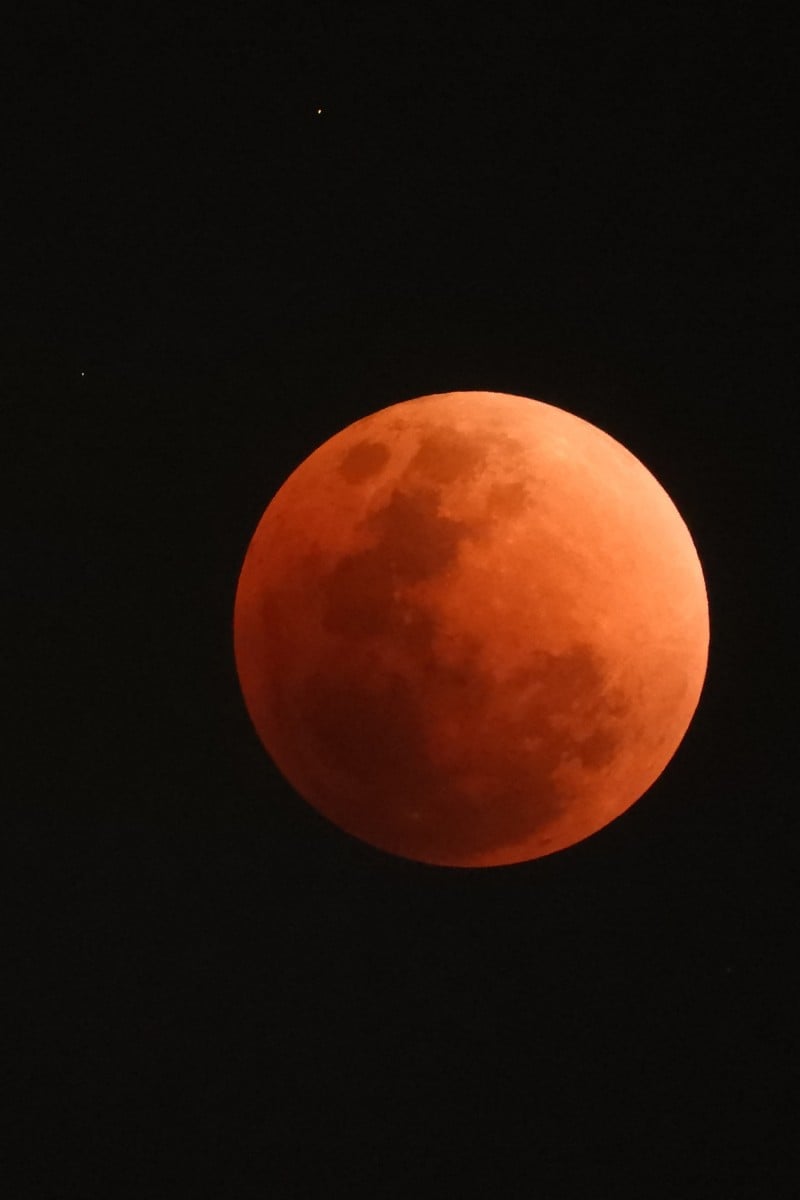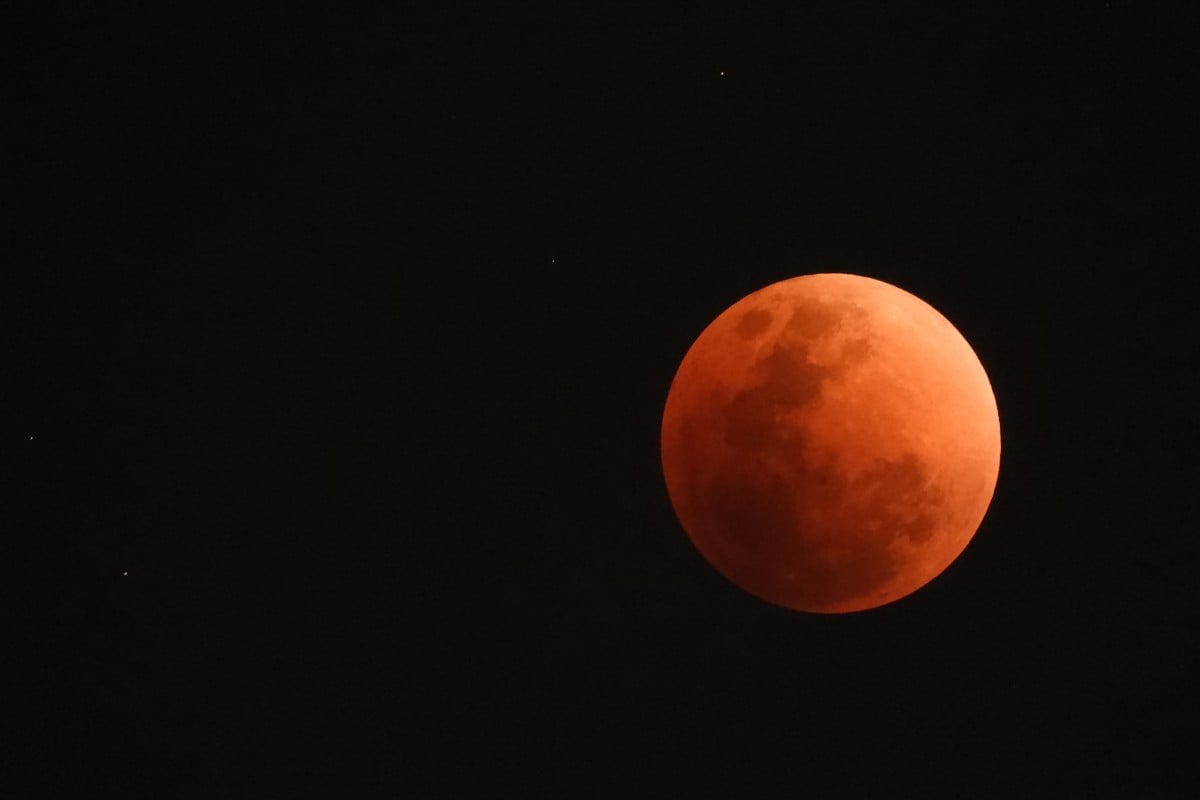
Earth’s moon: the giant-impact hypothesis, what a lunar eclipse is, its black sky and more
Learn how planet Earth’s only natural satellite was formed, its weird features like a black sky and extreme temperatures and more science facts about the moon
 Embark on a lunar expedition and learn about the celestial body that is Earth’s nearest neighbour: the Moon. Photo: Shutterstock
Embark on a lunar expedition and learn about the celestial body that is Earth’s nearest neighbour: the Moon. Photo: ShutterstockHave you ever wondered where Earth’s moon is from? One theory scientists have is that the moon formed about 4.5 billion years ago after a collision between two celestial bodies: early Earth and a Mars-sized planet called Theia.
This crash released a huge amount of molten rock and vaporised material into space. Over time, the debris came together in orbit, eventually solidifying to become the moon we see today. This is known as the giant-impact hypothesis.
While many scientists support this hypothesis, they are still looking for more information to understand exactly how the moon came to be.
Retired Nasa astronaut Scott Parazynski on the dangers and joys of space travel
What is the moon made of?
During Nasa’s Apollo 12, 14, 15, 16 and 17 missions, American astronauts left a set of scientific tools on the moon. Called the Apollo Lunar Surface Experiments Package, these tools collected data on the moon’s interior using geophysical instruments.
Decades of research following the Apollo missions found that the moon has layers: a crust on the outside, a mantle below that and a core at the centre. Each layer is composed of different materials (see graphic).
The moon’s black sky throughout its day
During the day on Earth, the sky looks blue because gases and particles in Earth’s atmosphere scatter sunlight in all directions. Blue light is scattered more than other colours because of its short wavelength.
In comparison, the moon has only a thin layer of air, so even when it is daytime there, the sky looks black. Because the sky is pitch-black, no clouds are formed, and you can even enjoy seeing the stars during the day.
Extreme temperatures in the exosphere
The moon’s outer atmosphere, called the exosphere, is very thin, and it does not have enough air to hold onto the sun’s heat.
During the day, temperatures on the moon can reach about 120 degrees Celsius. At night, they can drop to around -170 degrees.
The areas near the moon’s north and south poles are likely to experience even lower temperatures because they do not get much sunlight.
Scientists from China invent technique to extract water from the moon’s surface
Plenty of helium-3 on the moon’s surface
The moon’s surface has a lot of helium-3 (3He), which is an isotope of helium. It is released by solar wind from the sun. There is a lack of helium-3 on Earth because our planet has a strong magnetic field that deflects the charged particles from solar wind.
Helium-3 has potential for energy production through nuclear fusion, though its viability has not been proven. Some companies are interested in mining the moon’s helium-3 and bringing it back to Earth for scientists to conduct more experiments.
What is a lunar eclipse?
A lunar eclipse happens when the moon moves into the inner part of Earth’s shadow. This blocks the sunlight that usually shines on the moon, making its surface appear darker to us when we look at it from Earth.
A total lunar eclipse will be visible from Hong Kong on September 8. Those who miss it will have to wait another three years for the next opportunity.
